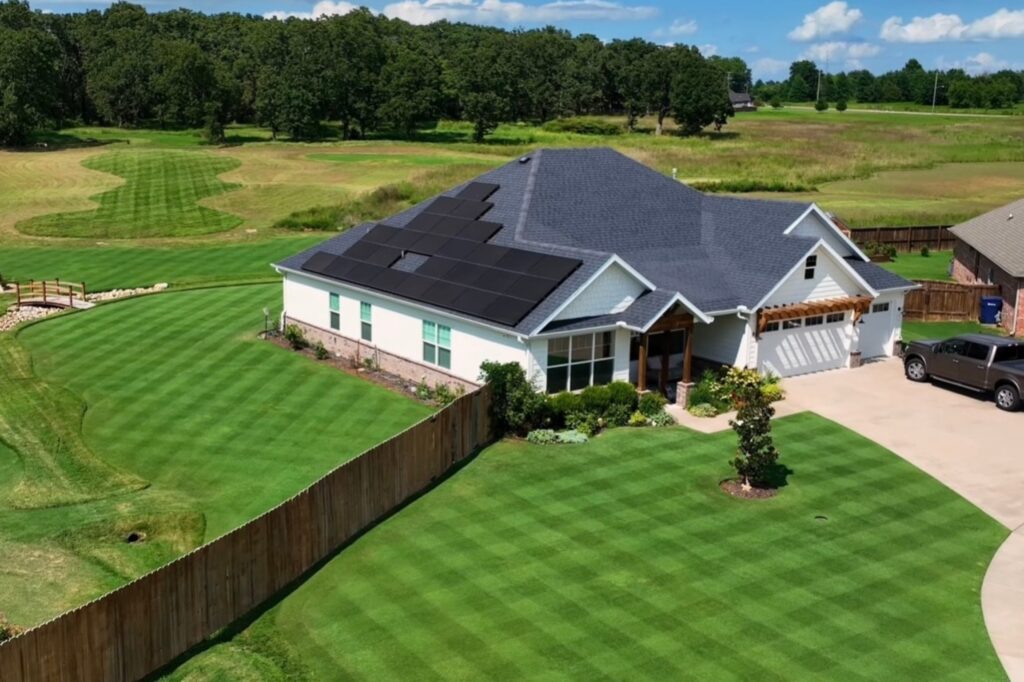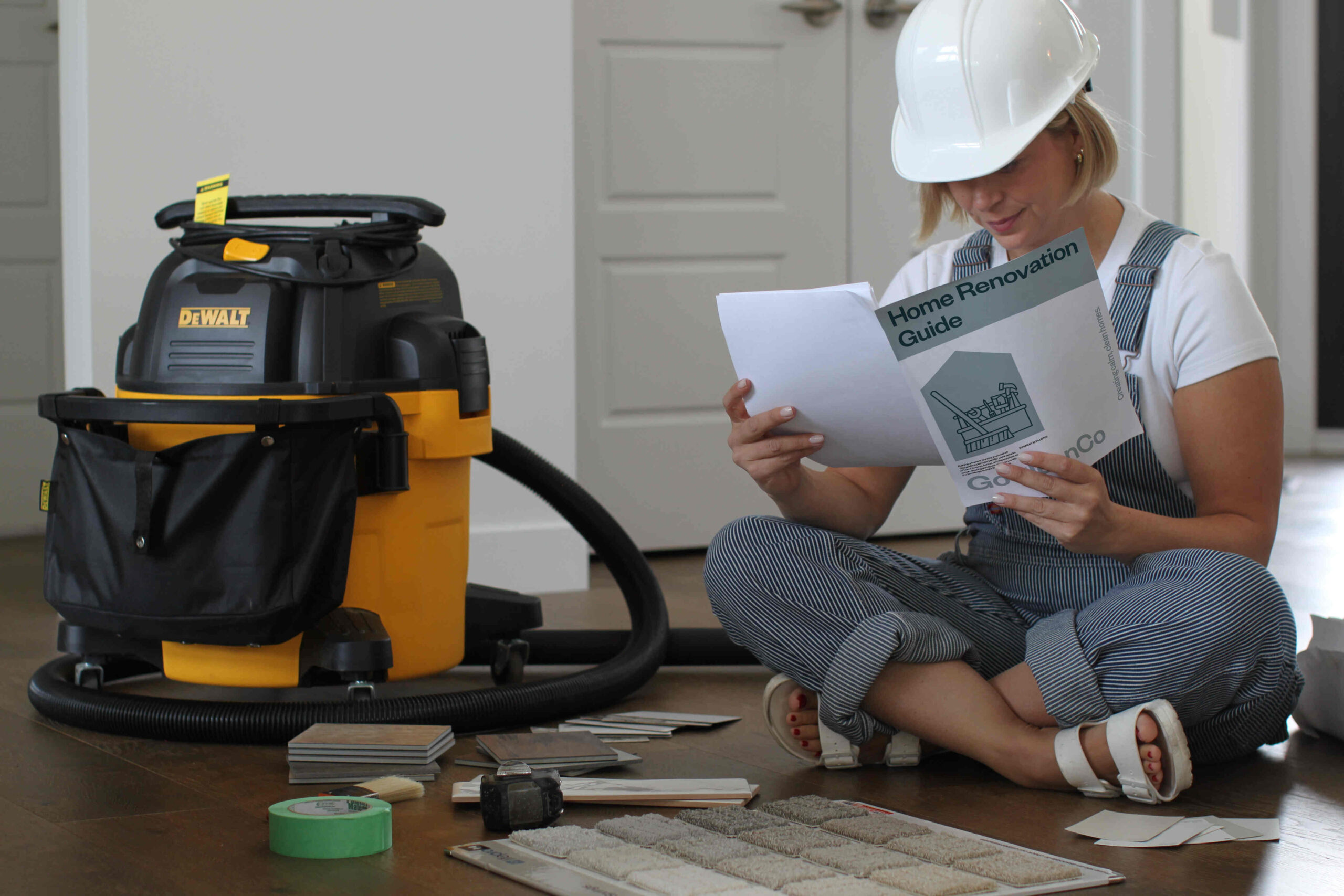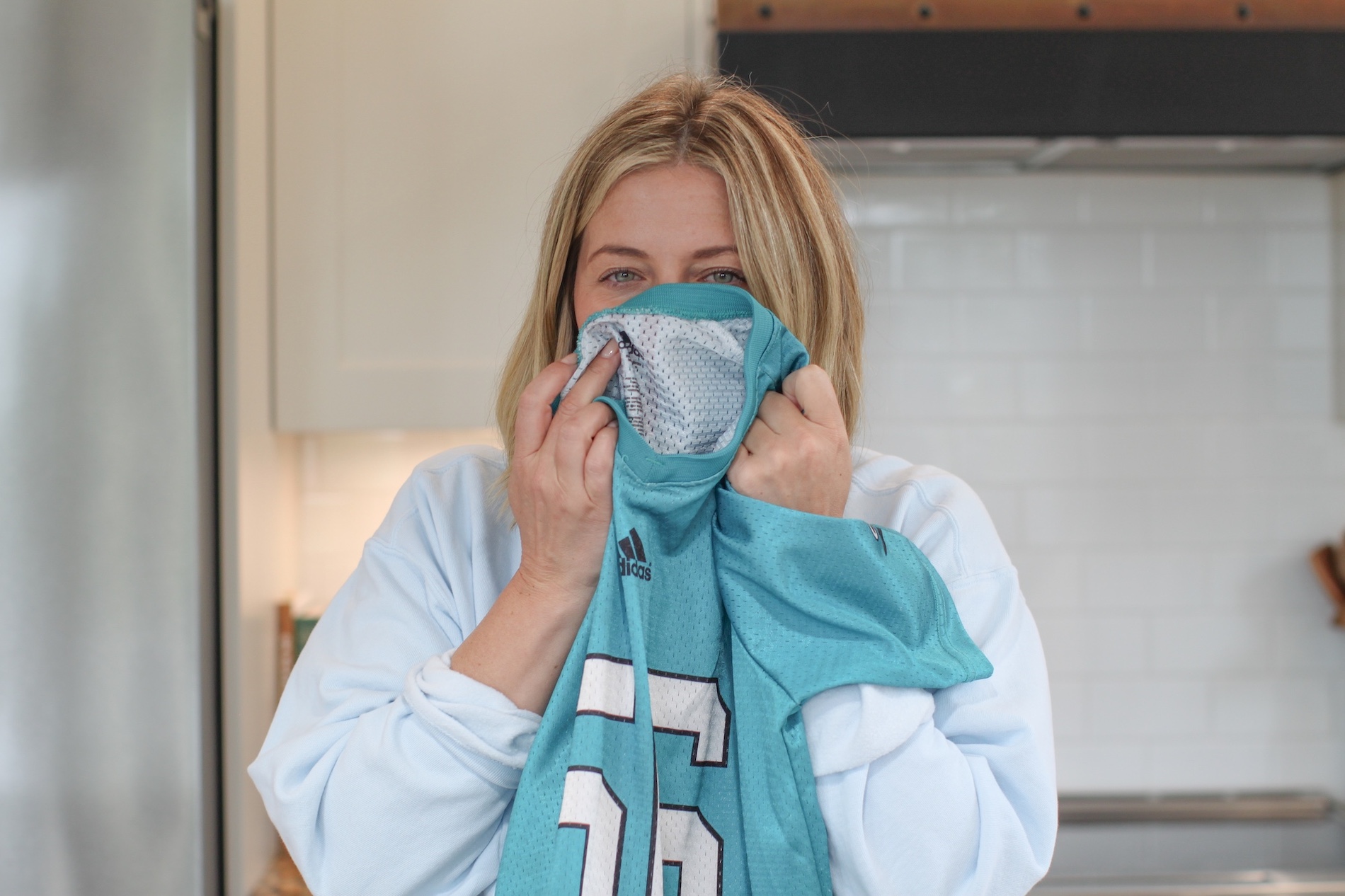Lawn Care for Newbies: Expert Help from The Lawn Tools
Let’s be real: lawn care can feel like a full-time job… but you just want green grass, not a degree in turf management. Whether your yard is crispy, patchy, or just plain sad-looking, we’ve got you.
We asked lawn care pro Jordan Netzel of @thelawntools to break it down for us—no jargon, no shame, and no pressure to buy 30 products from aisle 17 at the hardware store. This is lawn care for beginners who want their yard to look nice without all the guesswork.
Because sometimes your grass is dead and so is your motivation. Let’s fix that.
Meet the Expert: The Lawn Tools
The Lawn Tools is known for transforming rough, overgrown yards into clean, green lawns—no fancy tricks, just solid advice and satisfying results. He shares simple, beginner-friendly lawn care tips across YouTube, Instagram, and TikTok.
1. Do I really have to water it that often?
What’s the truth about watering: how much, how often, and when can I ignore it without turning my yard into a dust bowl?
Watering is better done deeply and infrequently. People think they need to water their lawn every day but what this actually does is encourage shallow root growth. It can also lead to fungus. Shoot for 1” of water per week and do it all in 2-3 waterings. Keep in mind the grass will need more water during particularly hot and dry conditions.
2. What’s the easiest way to get rid of weeds without nuking the whole yard?
Give us your no-fuss weed control strategy that won’t destroy our souls (or our lawn).
Pre-Emergent (USA) (Canada)! I tell people all the time that pre emergent is the MOST impactful thing you can do for a lawn. It PREVENTS weeds from popping up. It does NOT kill existing weeds. But, it is much easier to prevent weeds in the first place than to try to kill weeds after they are already present. Get on a good pre emergent schedule in fall and winter.
3. Is fertilizer actually necessary or is it just grass steroids for lawn bros?
If we’re only going to fertilize once, when should we do it and with what?
Fertilizer isn’t necessary, but it will definitely give your lawn a color and health boost. I look for fertilizer with iron in it (USA) (Canada) because iron gives a really dark deep green color response.
4. My lawn has brown patches, bare spots, and weird mystery zones. What gives?
Basic troubleshooting for patchy messes: What are the usual culprits and how do we fix them?
The most common culprit I see is construction debris under the lawn. If there is a rock or chunk of concrete just below the ground surface, that area won’t be able to grow grass because there is nowhere for roots to go. Stick a screw driver down and see if you hit something. If you do, remove the rock!
5. Do I need a soil test, or is that just something lawn nerds do?
When is it worth testing your soil, and what do we even do with the results?
A soil test can give you good information but most people don’t know what to do with the results. Some of the companies that do soil tests will give you recommendations for what products to put down. But just be aware that if the soil test company also sells fertilizers, they are going to be biased and recommend their brand of fertilizer.
6. What’s the deal with dethatching and aerating – do I need to do both?
Break it down for beginners: what these are, why they matter, and when to bother.
Dethatching is getting rid of all the “junk” at the base layer of the grass. Getting rid of all of that helps the grass plants “breathe” better and allows more water and nutrients to get down to the soil. It’s a good practice to do once a year for cool season grass while warm season grasses should get a complete scalp every spring which in turn takes any thatch away also.
Core aeration helps decrease compaction in soil which allows water and nutrients to get down to the root zone more easily. Aerating is something that can be good to do for a lawn every few years but most lawns don’t have very heavy equipment on them to become significantly compacted very often.
7. How short should I mow my lawn, and how often do I really need to do it?
We’re not running a golf course, but we also don’t want jungle vibes. What’s the sweet spot? What are the pros and cons of short vs. long?
Grass length is very highly dependent on personal preference. Some grass types are better maintained at higher heights if cut like fescue or st Augustine, but for the most part it comes down to what you think looks the best.
8. When’s the best time to hit the reset button on your lawn?
If things are looking rough and you’re ready to get your grass back on track, which season gives you the best chance at real results for reseeding or a big overhaul?
For cool season lawns, the best time for a total overhaul is in the fall. This is when seed has the best chance of survival and lasting through the summer.
For warm season lawns, early summer is the best time for a renovation because it will have the summer to recover.
9. What’s your top “lazy lawn care” hack that actually works?
Something easy, low-effort, and high impact that we can do this weekend.
Pre emergent!

You Don’t Need a Perfect Lawn. Just a Plan That Doesn’t Suck
Here’s the thing: your lawn doesn’t have to be flawless to be functional (and not embarrassing). A little consistency goes a long way. Water it. Feed it. Mow it. Maybe talk to it if you’re into that kind of thing.
And if you mess up? Good news – grass is basically nature’s comeback kid. You’ve got time to turn things around.
For weekly inspo delivered right to your inbox: sign up here.










We're big on Instagram.
Follow @GoCleanCo for seriously satisfying videos and top-secret tips. Don’t be shy, come say hi.
gocleanco
494 2,458,451
Creating calm, clean homes.
Cleaning expert plus I do some other stuff which is always a wild ride
Comment link below and I’ll send you the link for the Zing and the brush attachment. The Bissell Zing is one of my favourite vacuums that comes in under $100 in both Canada and the US. You cannot beat this price for the suction and power this thing packs. It’s light weight enough to carry around, lift up high (or low) to get into hard to reach places, and the filter is washable, the canister is easy to empty. I pair it with the hair brush (you have to order it separately!) for dusting baseboards, bathrooms, shelves, basically everything. This vacuum is for hard floors only: It does not have a beater bar for carpets. Only downfall it has is that the cord is a little short and the stick floor attachment sometimes falls out so you have to ram it in there. For under $100 you can’t have it all but honestly this is as close as it gets for me.
Comment link below and I’ll send you the link for the Zing and the brush attachment. The Bissell Zing is one of my favourite vacuums that comes in under $100 in both Canada and the US. You cannot beat this price for the suction and power this thing packs. It’s light weight enough to carry around, lift up high (or low) to get into hard to reach places, and the filter is washable, the canister is easy to empty. I pair it with the hair brush (you have to order it separately!) for dusting baseboards, bathrooms, shelves, basically everything. This vacuum is for hard floors only: It does not have a beater bar for carpets. Only downfall it has is that the cord is a little short and the stick floor attachment sometimes falls out so you have to ram it in there. For under $100 you can’t have it all but honestly this is as close as it gets for me. ...
🫠🫠🫠
🫠🫠🫠 ...
GO-GO-GADGET ARM @swiffer
GO-GO-GADGET ARM @swiffer ...
Honestly we coulda kept going. ✨
Honestly we coulda kept going. ✨ ...
We took a poll and these are the most requested things Moms want for Mother’s Day. Did we miss anything? Send this to the people in your life who know how to make it happen! Also….most of these things are free—they just take some effort.
We took a poll and these are the most requested things Moms want for Mother’s Day. Did we miss anything? Send this to the people in your life who know how to make it happen! Also….most of these things are free—they just take some effort. ...
Sneaky surprise clean for my Mom for Mother’s Day! She deserved this so much, she has scrubbed a lot of houses with me over the years. Many of you may not know this but my Mom has tagged along and helped with cleaning and training the team since day one. She knows the entire team inside and out and we all love to call her “Mom”. She taught me how to clean, how to run a business and most importantly, how to stand on my own two feet. Then I took everything she taught me and turned it into ✨ THIS ✨
Happy Mothers Day Mom @sarahsmomtrudy
Sneaky surprise clean for my Mom for Mother’s Day! She deserved this so much, she has scrubbed a lot of houses with me over the years. Many of you may not know this but my Mom has tagged along and helped with cleaning and training the team since day one. She knows the entire team inside and out and we all love to call her “Mom”. She taught me how to clean, how to run a business and most importantly, how to stand on my own two feet. Then I took everything she taught me and turned it into ✨ THIS ✨
Happy Mothers Day Mom @sarahsmomtrudy ...
By popular request, I tried out the newest the new Mike Washoksi! He did not disappoint. This little pressure washer packs a big punch of power and cleaned up years of grime from this deck in about 20 mins. Now what else can I pressure wash 🤔 😈 Comment: Link and I will send the link to you IN DM!
By popular request, I tried out the newest the new Mike Washoksi! He did not disappoint. This little pressure washer packs a big punch of power and cleaned up years of grime from this deck in about 20 mins. Now what else can I pressure wash 🤔 😈 Comment: Link and I will send the link to you IN DM! ...
🪄✨
I used Mr. Clean undiluted, sprayed it on and let it sit for about ten minutes, scrubbed and wiped it off well to rinse. Letting your cleaning products sit is part of the process, they do a lot of the heavy lifting for you. I think many of us get discouraged with cleaning products because we spray and wipe immediately with minimal results…dirt and grease needs time to soften and break down before you can remove it. However, there is always a little bit (or a lot) of elbow grease required, nothing in life is free 🙃
🪄✨
I used Mr. Clean undiluted, sprayed it on and let it sit for about ten minutes, scrubbed and wiped it off well to rinse. Letting your cleaning products sit is part of the process, they do a lot of the heavy lifting for you. I think many of us get discouraged with cleaning products because we spray and wipe immediately with minimal results…dirt and grease needs time to soften and break down before you can remove it. However, there is always a little bit (or a lot) of elbow grease required, nothing in life is free 🙃 ...